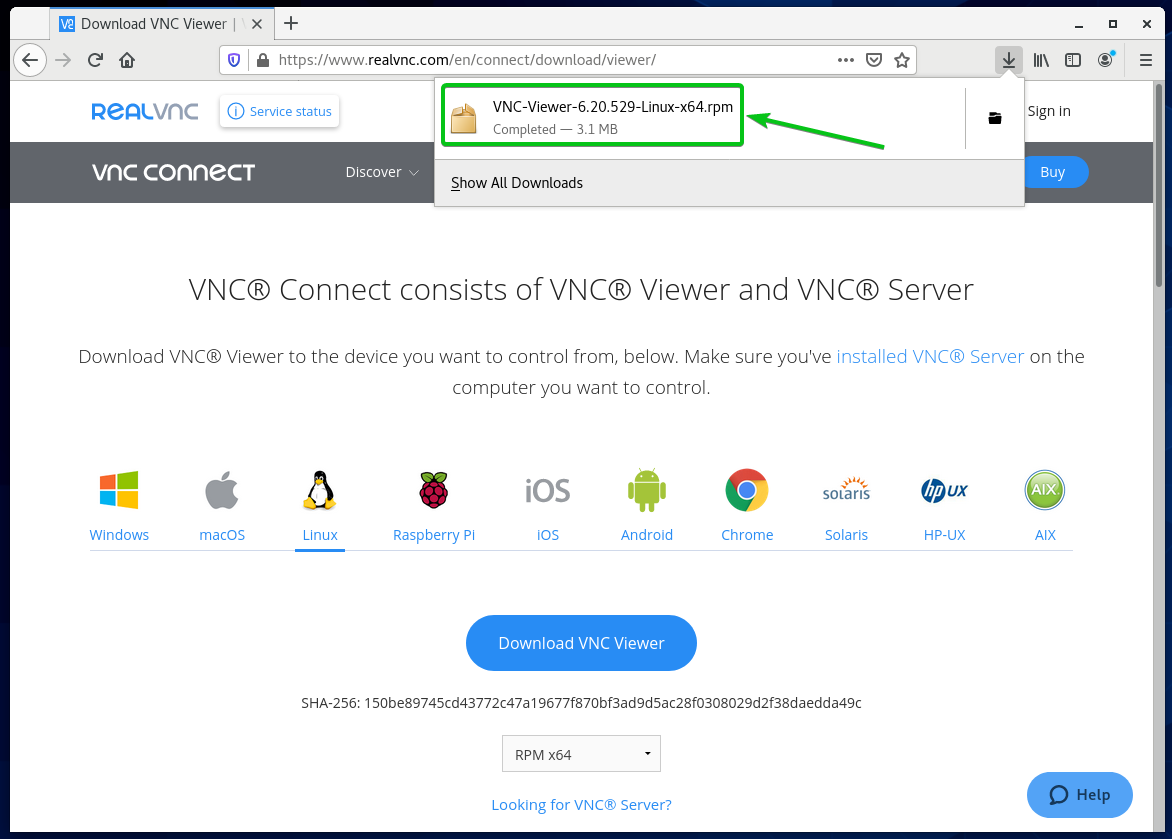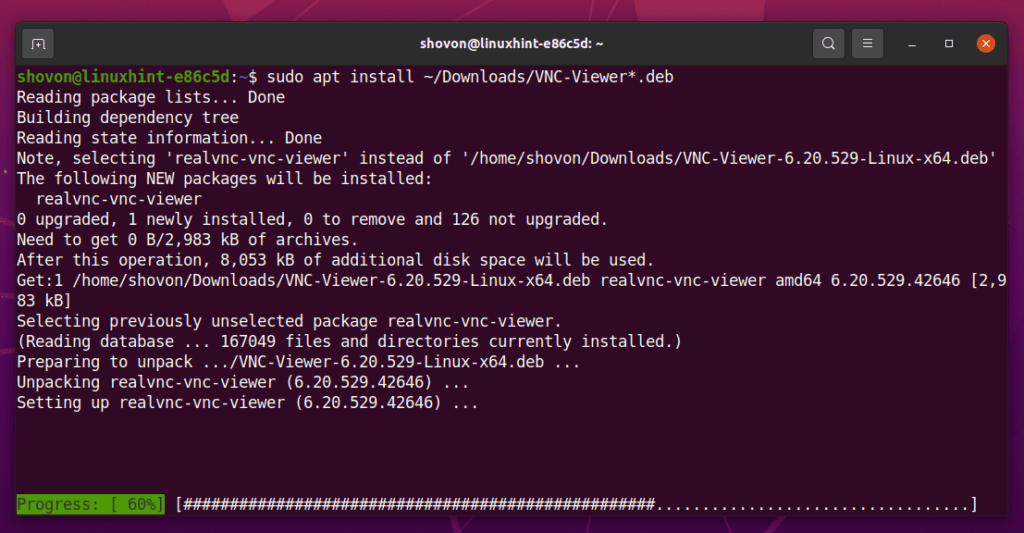

In this example our goal is to run the server with a specified user testuser who does not have root privileges.

Gnome-session: WARNING: Could not make bus activated clients aware ofĭISPLAY=:7 environment variable: Failed to connect to socket If the log looks like this, no error or exiting, we are good.

Your settings will not be saved or shared with other applications.ĬomparingUpdateTracker: 0 pixels in / 0 pixels out GLib-GIO-Message: 11:00:36.261: Using the 'memory' GSettings backend. Vncext: Listening for VNC connections on all interface(s), port 5901 Underlying X server release 12001000, The X.Org Foundation (base) cat ~/.vnc/auros-gaming3e-2\:1.logĬopyright (C) 1999-2017 TigerVNC Team and many others (see README.txt) If the installation is successful, we should be able to runĬheck if it is running by checking the log: $ sudo yum -y groups install "GNOME Desktop" $ sudo apt- get install xfce xfce4-goodies -y If it doesn’t have desktop installed, we need to do it ourselves. We often access the remote server without GUI desktop.

Install VNC serverįor completeness, I shall include a description of how to install VNC server. The CentOS server already has vncserver installed, also I am using conda on it. I was asked to start a VNC server on a CentOS remote machine, for people to access from Windows laptops. Wikipediaīasically it’s a remote desktop controller for all platforms. It transmits the keyboard and mouse events from one computer to another, relaying the graphical-screen updates back in the other direction, over a network. In computing, Virtual Network Computing is a graphical desktop-sharing system that uses the Remote Frame Buffer protocol to remotely control another computer. This page has been visited times Table of Contents


 0 kommentar(er)
0 kommentar(er)
